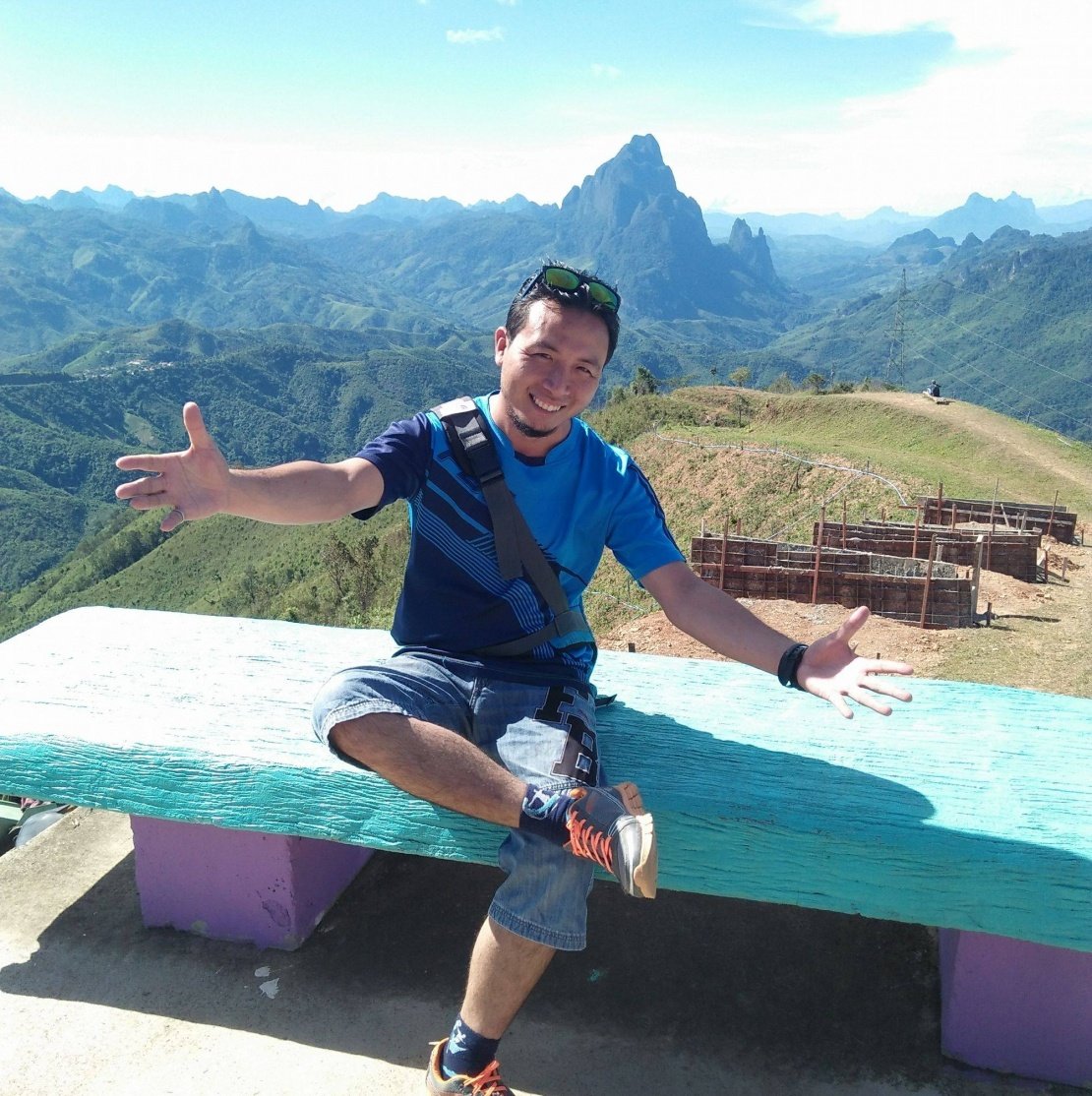Interview with Mr Khankeo Indavong - A Tour Guide in Luang Prabang and Former Buddhist Monk
28th March 2018Luang Prabang in Northern Laos is one of the world’s leading Buddhist centres. This month, we chat with a tour guide and former monk who gave up the materialistic lifestyle for six years to dedicate his life to Buddhism…

Q) Why did you decide to become a monk?
Having been born and raised in Laos, I have been familiar with Buddhism since I was very young. And just like every other man in the country, I am expected to become a monk for at least three months of my life. I was always interested in Buddhism so my “three months” became six years.
Q) What made you leave after six years?
Well, I remembered the saying that; “A monk is simply a traveller, except the journey is inwards.” That’s totally true in my case; I didn’t quit being a monk or following Buddhist practices. Actually, being a tour guide in Luang Prabang gave me a chance to introduce our country and culture to guests from around the world. This also allowed me to see what I had learned about Buddhism through the eyes of others.
Q) Can you tell me about a daily routine of a monk?
We start the day early in the morning with almost two hours of chanting and meditation before sunrise, followed by walking to the temple to collect alms from local people. We will have breakfast after returning to the temple and then spend the whole afternoon studying, cleaning the temple and chanting before returning to our monasteries.
Q) What are alms and why do people give alms to monks?
Alms-giving, or “tak bat”, is a daily ceremony in which the monks leave the monasteries and walk to the temples in a silent procession, collecting “alms” from Buddhist devotees. The alms are gifts; mainly food but sometimes flowers or incense sticks. The ritual is done in silence. Lao people consider alms-giving as a good deed that brings merit to the givers.
Q) What kind of food can be given during the alms-giving?
It can be any kind of food, ranging from sticky rice to fruit or sweets. The best rice for the tak bat ritual is prepared by the alms-givers themselves earlier in the morning.
Q) What should travellers do and not do during the tak bat ceremony?
The cultural significance of alms giving in Luang Prabang has attracted travellers from all over the world. Due to cultural differences however, visitors wishing to take part should follow some simple guidelines during the ritual, to ensure they pay respect to the monks. These include avoiding physical contact or eye contact with the monks, only taking photos from a distance without using a flash, remaining silent throughout the ritual, removing shoes and kneeling while presenting the alms, dressing modestly, and making sure you are lower than the monks.

 +84 93 646 1068
+84 93 646 1068